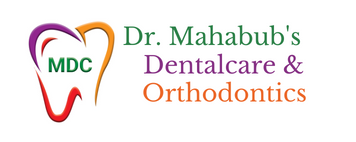
Bone grafts are used as a filler and scaffold to facilitate bone formation and promote wound healing. These grafts are bioresorbable and have no antigen-antibody reaction. These bone grafts act as a mineral reservoir which induces new bone formation.
Ridge defects develop as a result of surgery, trauma, infection, or congenital malformations. The goals of osseous replacement are maintenance of contour, elimination of dead space, and reduce postoperative infection; and thus enhance bony and soft tissue healing. The insufficient quantity of bone is due to tooth loss which results in rapid resorption of alveolar bone due to lack of intraosseous stimulation by periodontal ligament (PDL) fibers, for example, pneumatization of maxillary sinus following tooth loss.
Bone grafting is a surgical procedure that replaces missing bone with material from patient′s own body, an artificial, synthetic, or natural substitute. Bone grafting is possible because bone tissue has the ability to regenerate completely if provided the space into which it has to grow. As natural bone grows, it generally replaces the graft material completely, resulting in a fully integrated region of new bone.
Classification of bone grafts based on material groups:
- Allograft-based bone graft involves allograft bone, used alone or in combination with other materials
- Factor-based bone graft are natural and recombinant growth factors, used alone or in combination with other materials such as transforming growth factor-beta (TGF-beta), platelet-derived growth factor (PDGF), fibroblast growth factors (FGF), and bone morphogeneic protein (BMP).
- Cell-based bone grafts use cells to generate new tissue alone or are added onto a support matrix, for example, mesenchymal stem cells.
- Ceramic-based bone graft substitutes include calcium phosphate, calcium sulphate, and bioglass used alone or in combination; for example, OsteoGraf, ProOsteon, OsteoSet.
- Polymer-based bone graft uses degradable and nondegradable polymers alone or in combination with other materials, for example, open porosity polylactic acid polymer.
The biologic mechanisms that provide a rationale for bone grafting are osteoconduction, osteoinduction, and osteogenesis.
